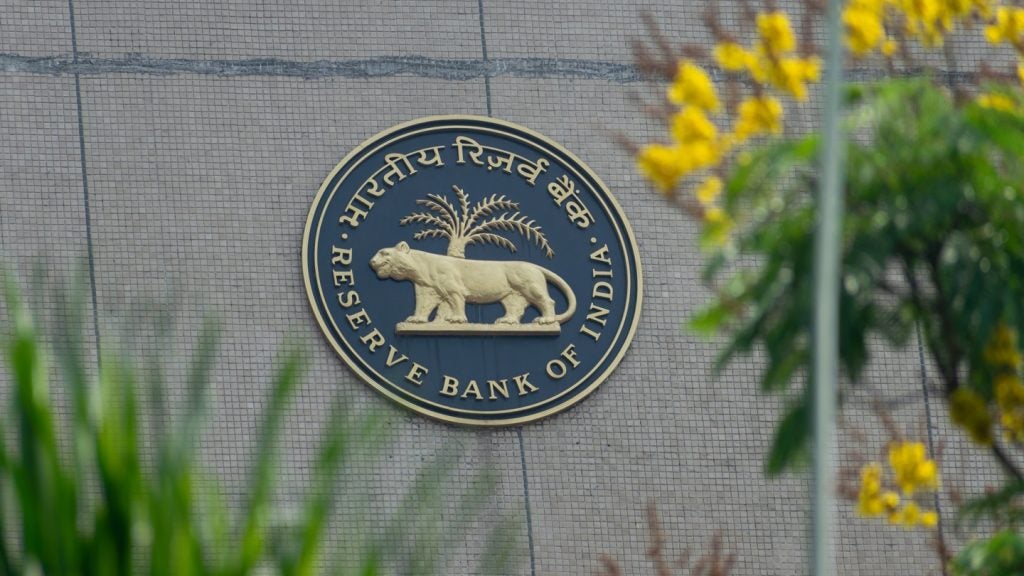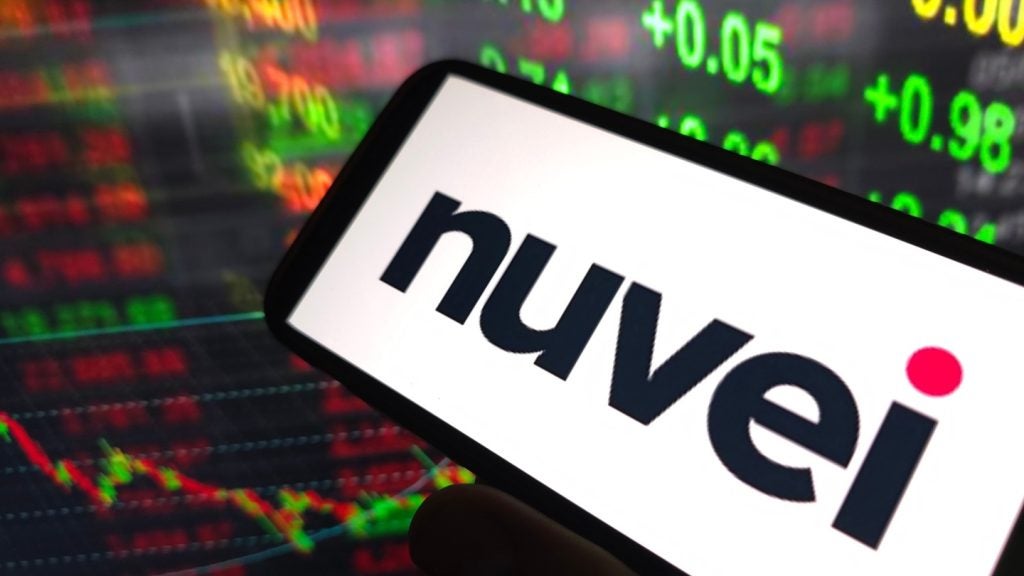As a BRIC country, Russia as had widely acknowledged room for growth over the last few years and the cards industry has not been the exception to this. While the banking market is still dominated by Sberbank, new entrants are beginning to shake up the industry. CI reports
The Russian card payments channel demonstrated significant growth during the review period (2008-2012) at a compound annual growth rate (CAGR) of 19.70% to reach 257.1 M cards in 2012. Key growth drivers include increased annual disposable income, the development of online shopping, investment in the banking infrastructure and raised consumer awareness about the benefits of using payment cards. The market size in terms of volume is expected to grow at a CAGR of 7.00% over the forecast period (2013-2017), to reach 377.6 M in 2017.

Access deeper industry intelligence
Experience unmatched clarity with a single platform that combines unique data, AI, and human expertise.
The Russian card payments channel presents positive growth potential
The Russian card payments channel grew substantially both in volume and value terms during the review period. In terms of total cards volume, the channel grew at a CAGR of 19.70% and is expected to grow at a CAGR of 7.00% over the forecast period. In value terms, the card payments channel increased from RUB8.8 Tn (US$354.6 Bn) in 2008 to RUB21.8 Tn in 2012, at a CAGR of 25.39%. The value is expected to reach RUB43.9 Tn in 2017, growing at a CAGR of 13.19% over the forecast period. Dominating the card payments channel in terms of volume are debit cards, with a 65.7% share in 2012, followed by prepaid and credit cards with respective shares of 25.5% and 8.7%.
Anticipated Universal Electronic Card (UEC) to be the integral part of national payment system
In 2010, the Bank of Russia (BoR) continued its work with credit institutions and other organizations that operate payment systems and provide payment infrastructure services, with a view to developing the national system in line with international standards. The primary objective of the BoR to develop and improve its payment system is to minimize associated risks whilst ensuring its efficient and smooth operation. As a part of a new national payment system, the Ministry for Economic Development has approved a plan to launch the Universal Electronic Card (UEC) for all Russian citizens. The UEC is intended to eventually replace all local, regional, and national forms of ID, and will serve as a combined electronic ID, driver’s license, car insurance certificate, and bank card and migration document, among other possible functions. The card will be used as a complete communication tool between cardholders and the government. The government and the BoR introduced the UEC in January 2013 on a voluntary basis, and the number of cards in circulation had reached 10,000 by March 2013. The Russian government has also envisaged setting up application points at post offices, banks and commercial centers, amongst other locations in the country.

US Tariffs are shifting - will you react or anticipate?
Don’t let policy changes catch you off guard. Stay proactive with real-time data and expert analysis.
By GlobalDataGrowth in payment infrastructure has supported increased levels of card use
Russian banks expanded their networks of automatic teller machines (ATMs) during the review period to develop business throughout the country. The number of ATMs installed increased from 75,018 in 2008 to 171,909 in 2012, at a CAGR of 23.04% and the number of POS terminals in Russia grew at a review-period CAGR of 20.17%, rising from 333,247 in 2008 to 695,023 in 2012. With the rising volume of POS terminals and ATMs, use of payment cards is expected to gain widespread acceptance over the forecast period.
The considerable growth of internet and smartphone users, coupled with competent online banking services, has also supported the growth of the card payments channel as e-commerce becomes more widely utilized. To enhance security and minimize online fraud throughout the payment system, most issuers in the country have implemented multiple security features in collaboration with card network providers, such as Verified by Visa and MasterCard SecureCode, and virtual debit cards.
Banks adopting marketing strategies to gain market share
With competitive pressures in the Russian card payments category, banks and issuers are investing heavily in marketing and pricing strategies with the aim of attracting larger customer bases. Incentives offered by banks include discounts in retail outlets and restaurants, reward points, increasing daily limits for cash withdrawals, and insurance cover. Within their marketing strategies, banks are segmenting their customer bases to maximize the potential of expanding their market shares. For instance, Alfa-Bank has launched a credit card specially designed for male customers, while Sberbank of Russia has launched debit cards aimed at people aged 14-25 years.
All major banks, including Sberbank of Russia, VTB 24 (JSC) and Alfa-Bank, now offer customized products designed to meet the needs of retail and corporate customers. With aggressive marketing campaigns to promote awareness and encourage credit card use in the country, Sberbank also offered discount programs, bonus points and grace periods to credit card holders to encourage them to use its card offerings. These initiatives increased the bank’s credit card category share and helped it become the market leader with a 24.0% share in Russia in 2012, up from 1.7% in 2008.
Rising tourist volume to drive demand for travel cards in Russia
The overall volume of outbound travelers grew significantly during the review period, from 36.5 M in 2008 to 47.8 M in 2012, at a CAGR of 6.96%. A further increase is anticipated over the forecast period, to reach 71.2 M in 2017. This has driven demand for travel cards that are accepted in numerous destinations, and give offers to tourists and travelers. MasterCard, among other issuers, has recognized the opportunity that prolific travelers present and launched its Prepaid Travel Card across the world, including Russia. ZAO Citibank also offers the Citibank World MasterCard, while banks such as Sberbank of Russia, Alfa-Bank and VTB 24 (JSC) have collaborated with leading Russian airlines to offer cardholders discounts or reward points. The travel card industry is expected to grow in value terms over the forecast period, due to an influx of business-class commuters.







